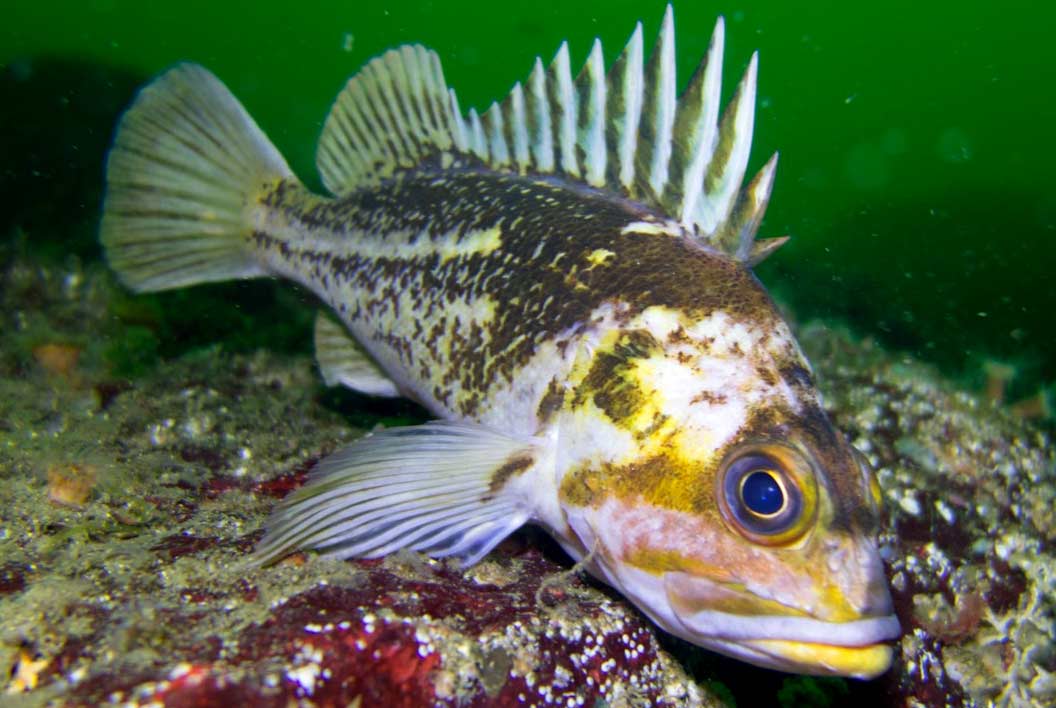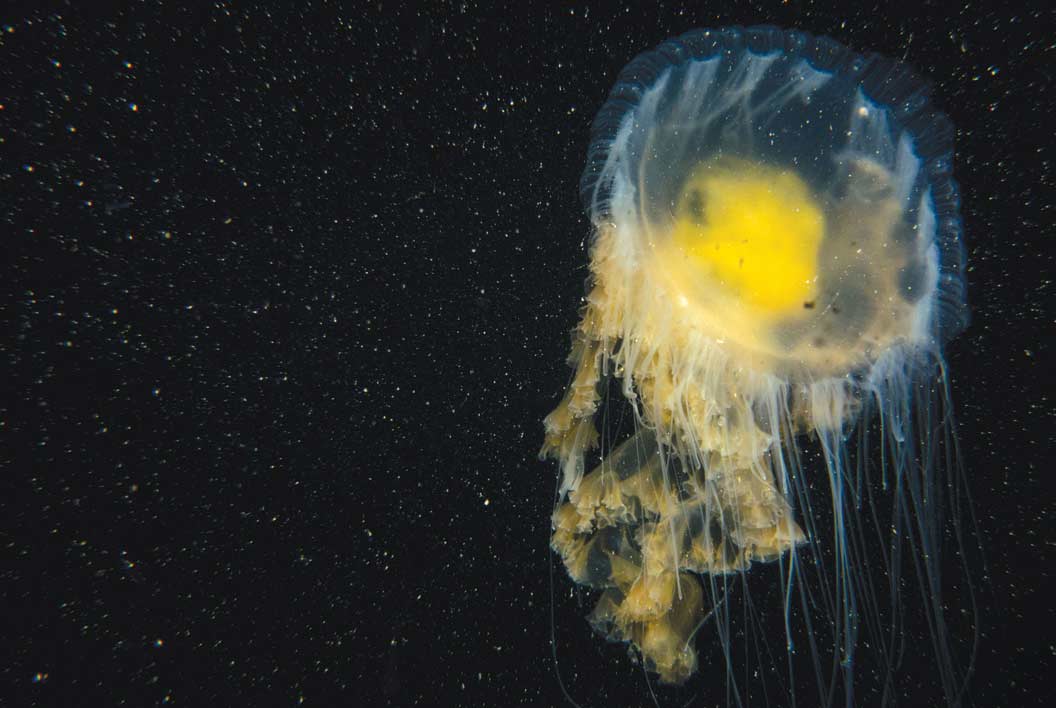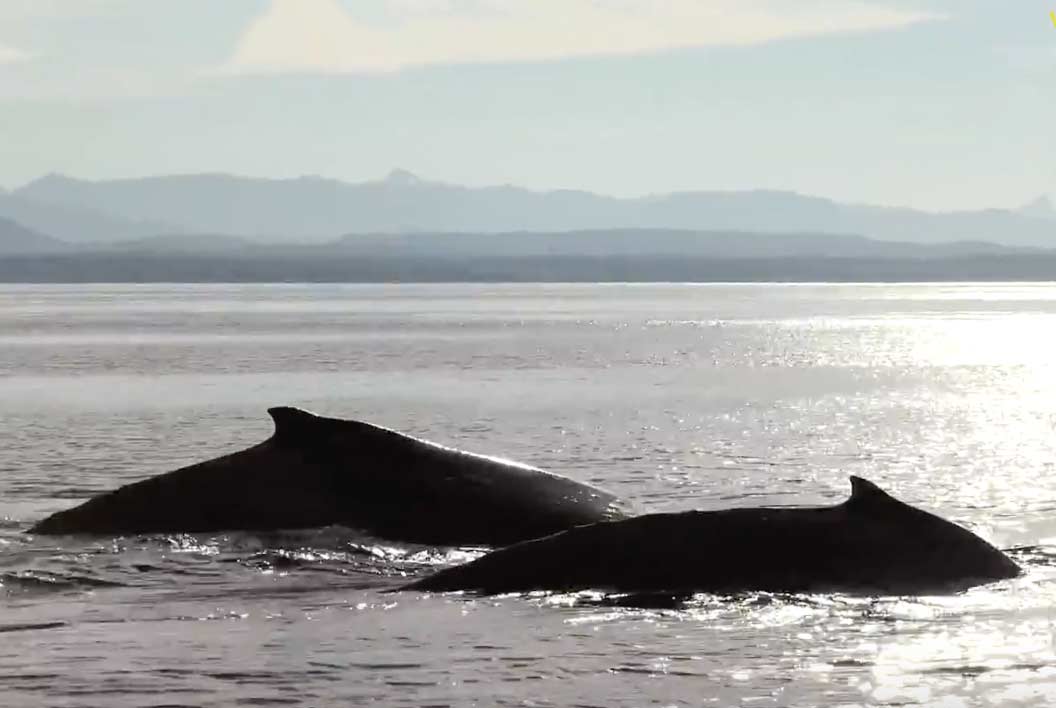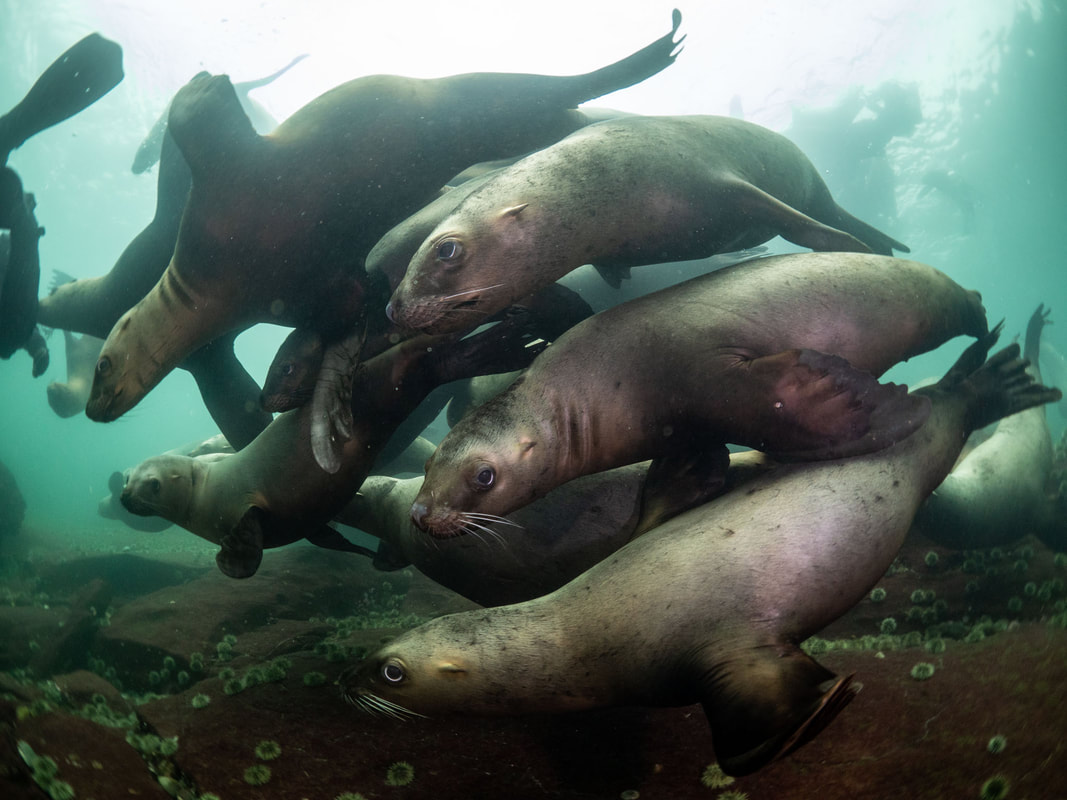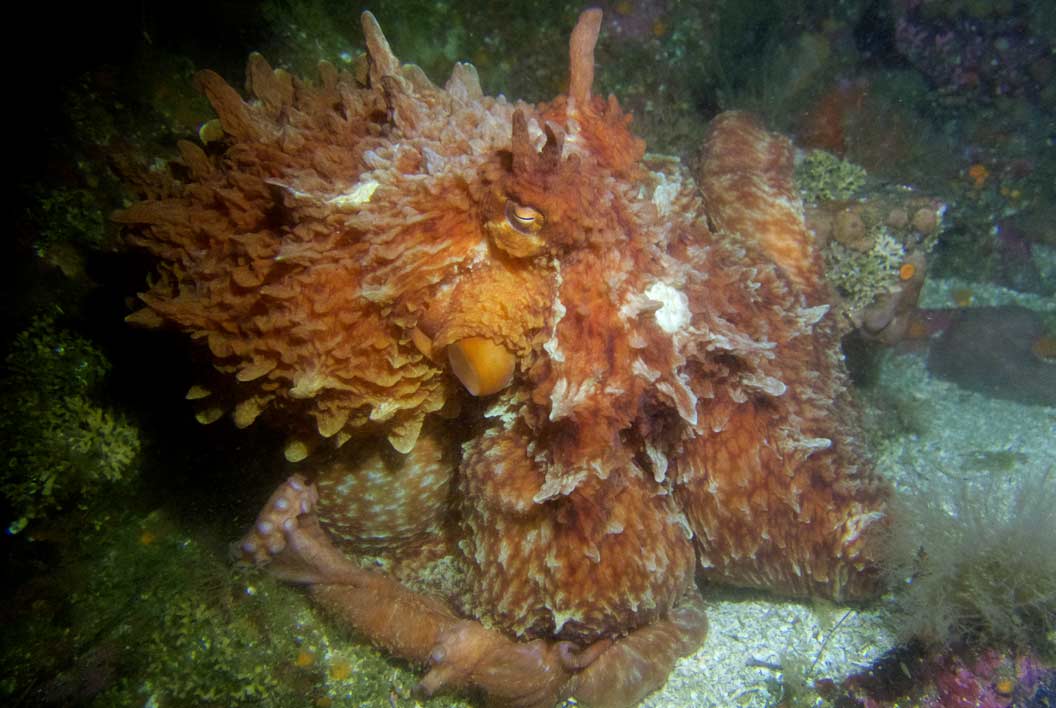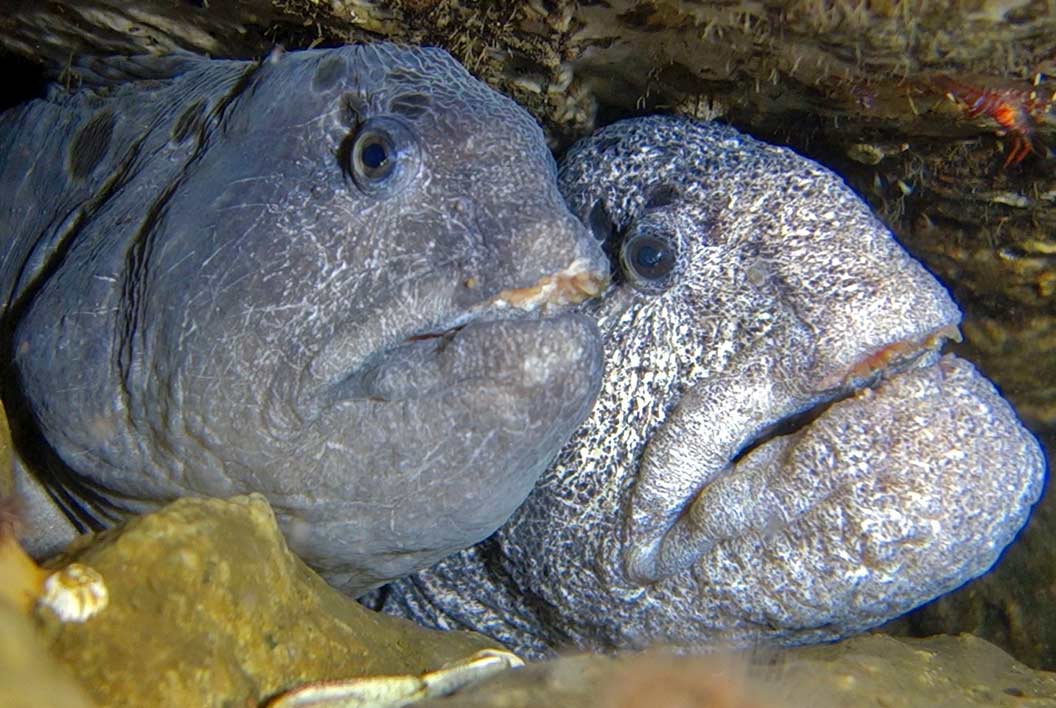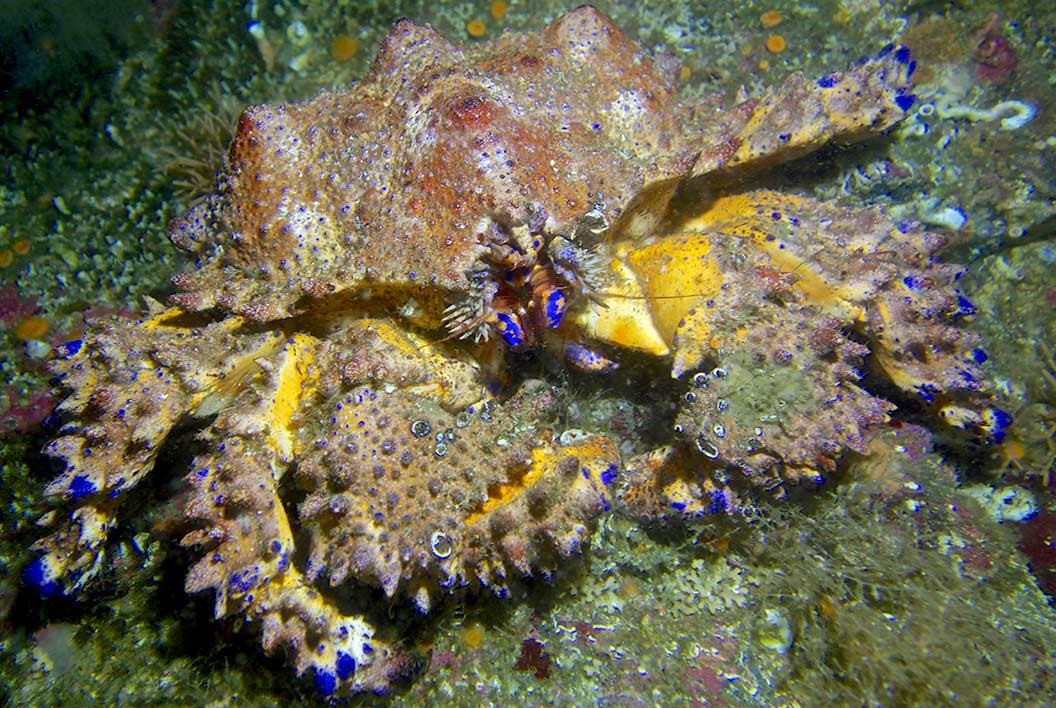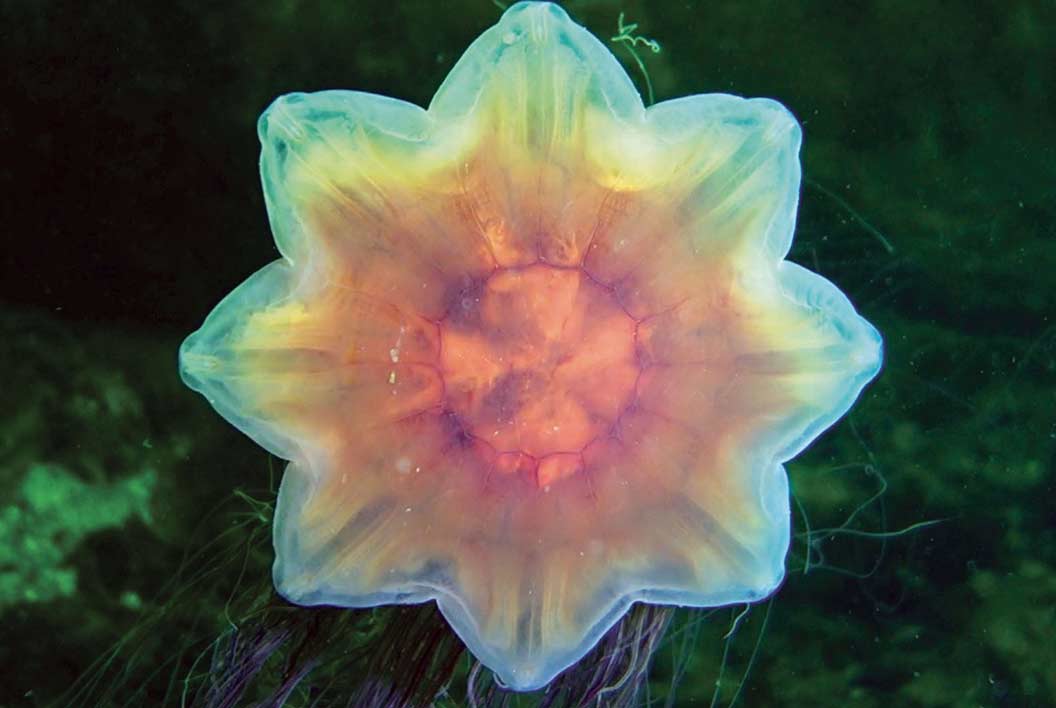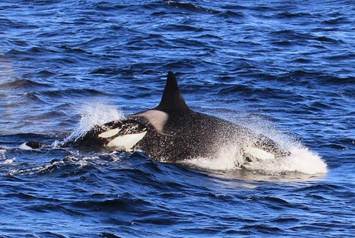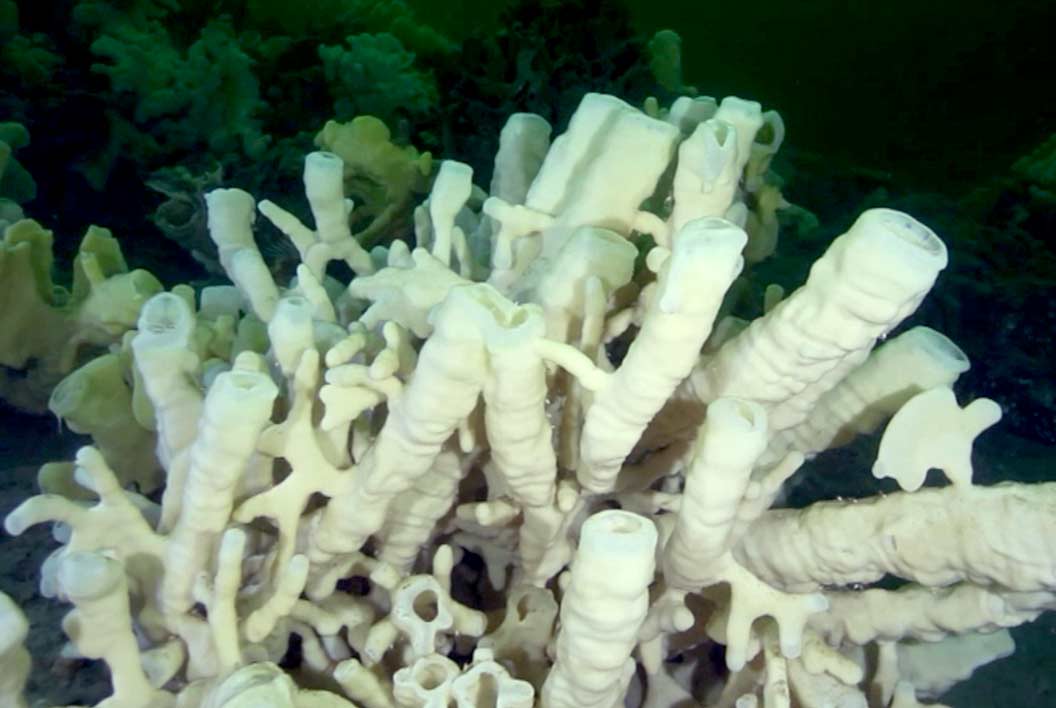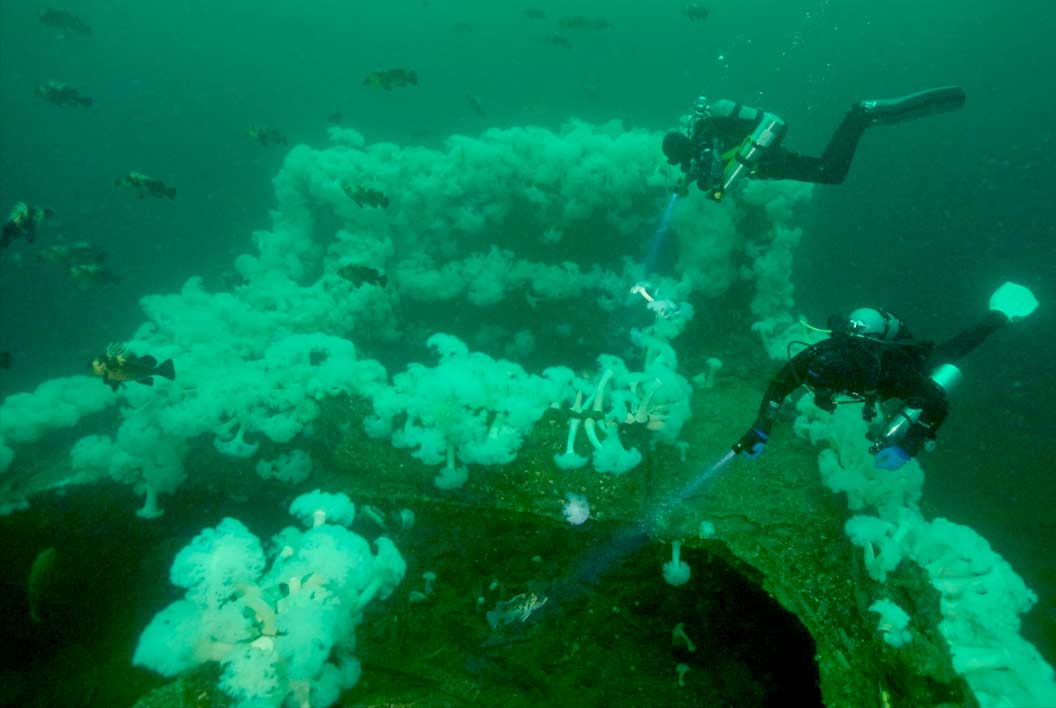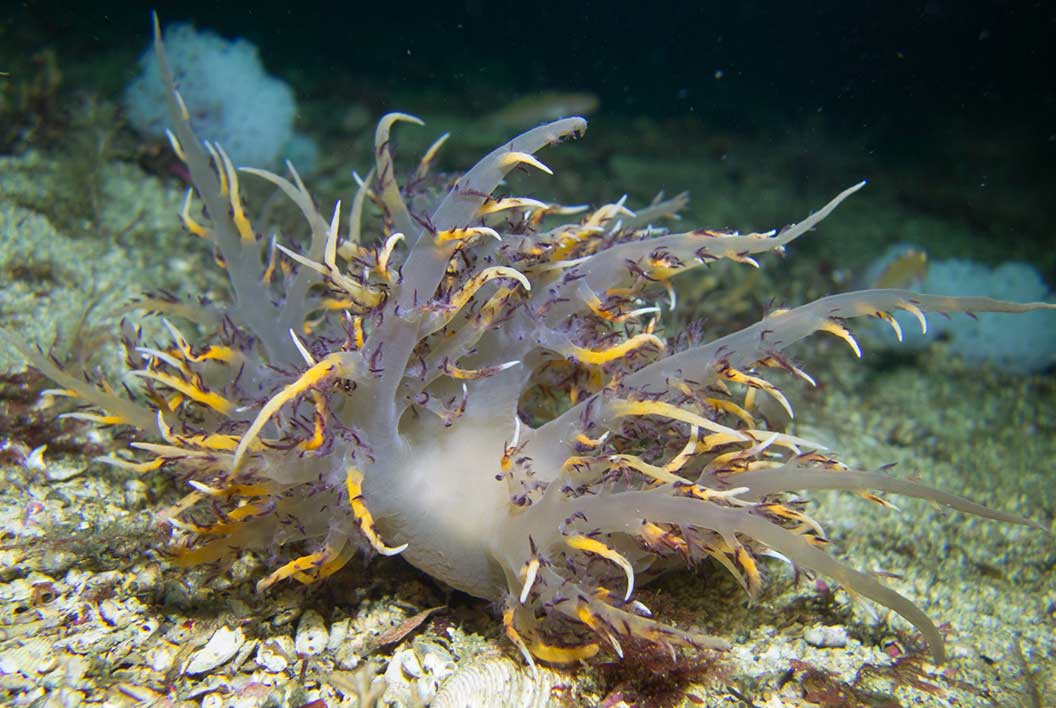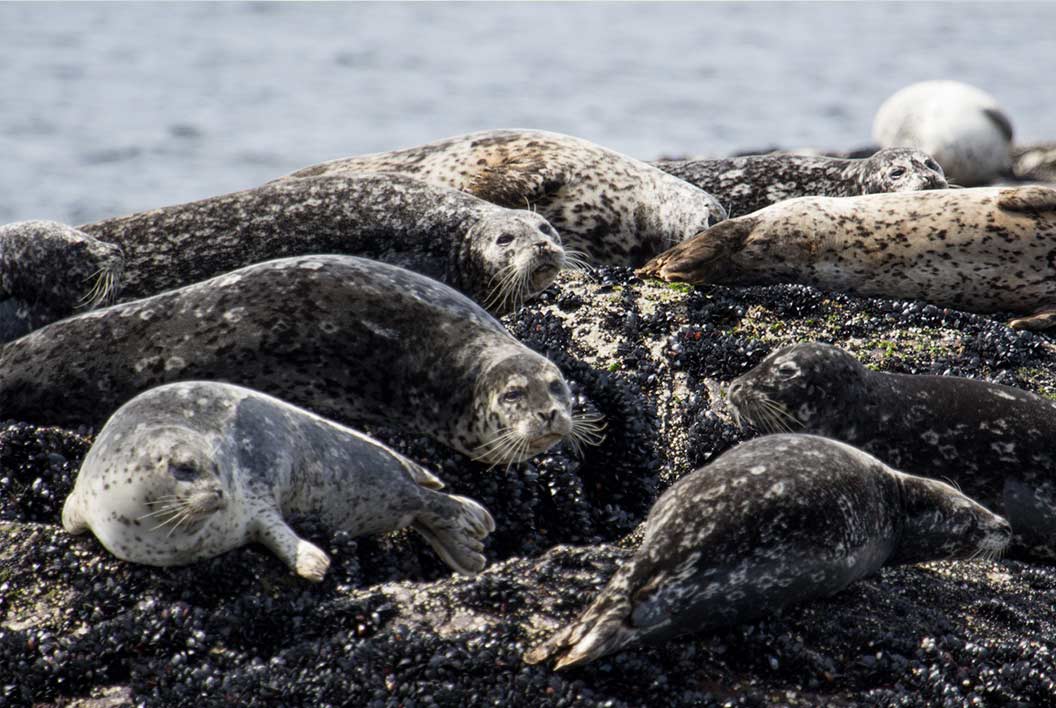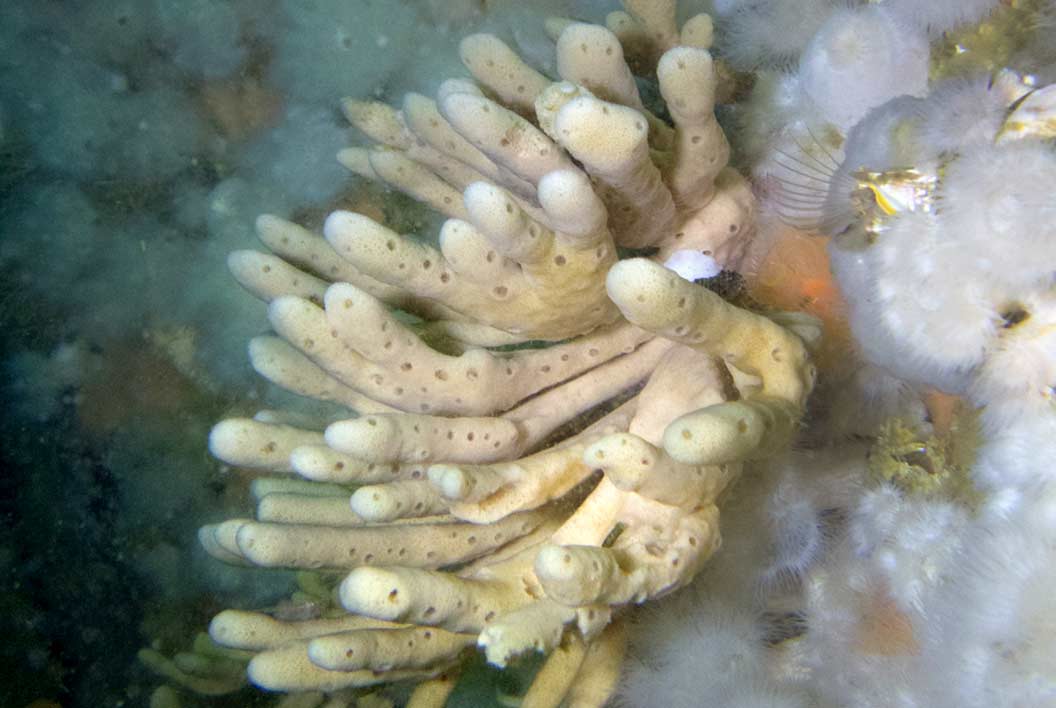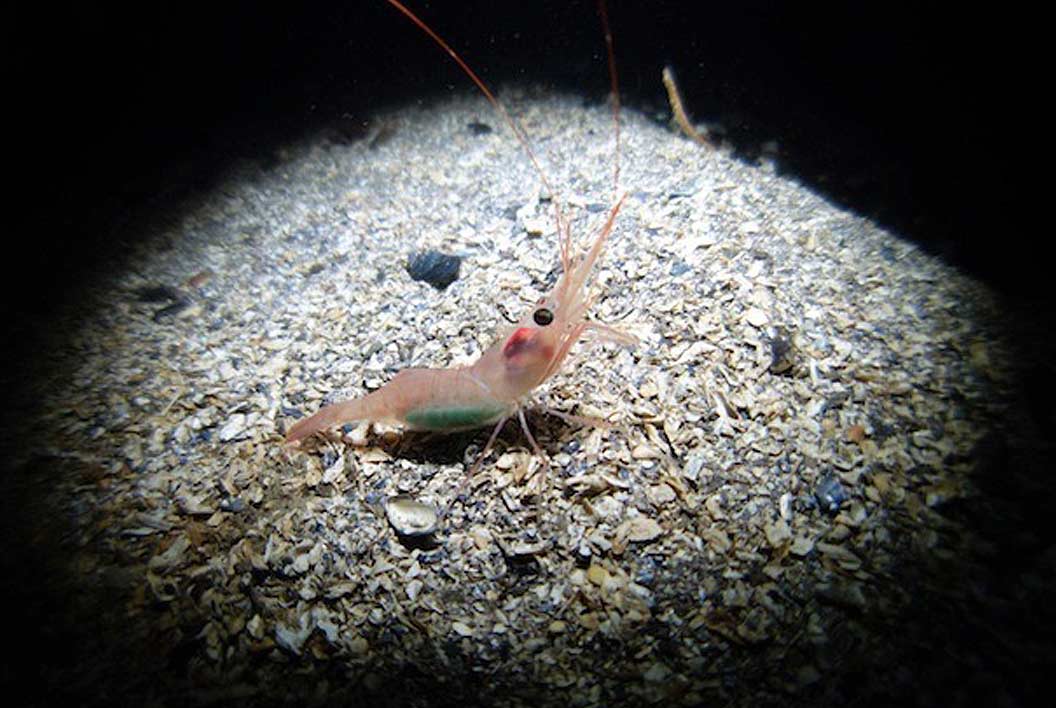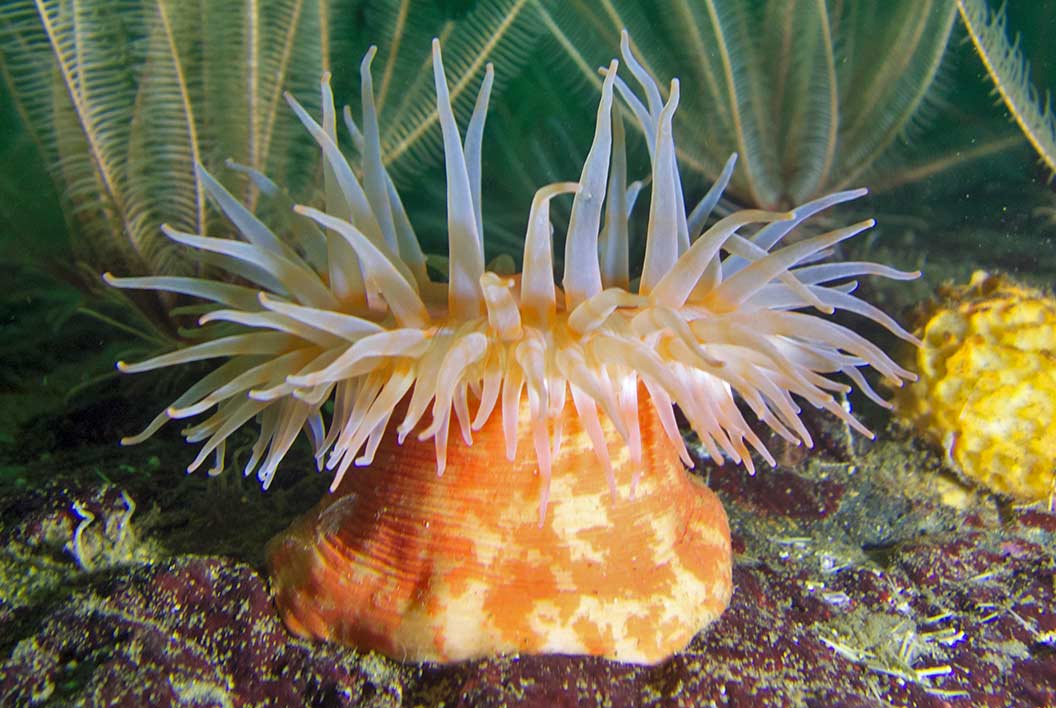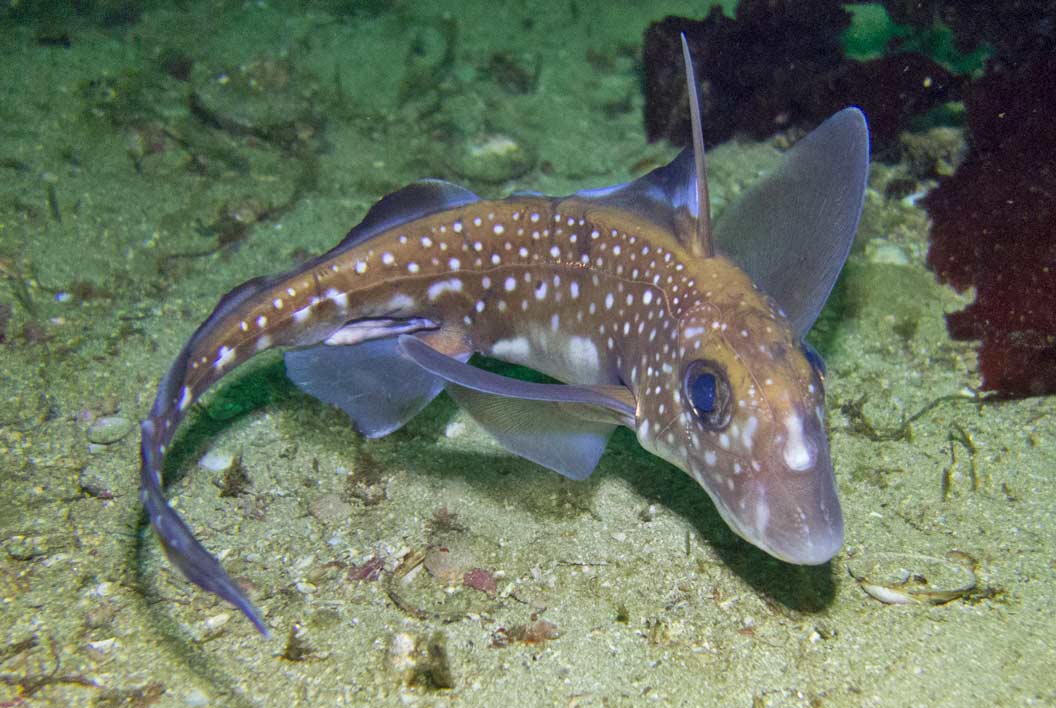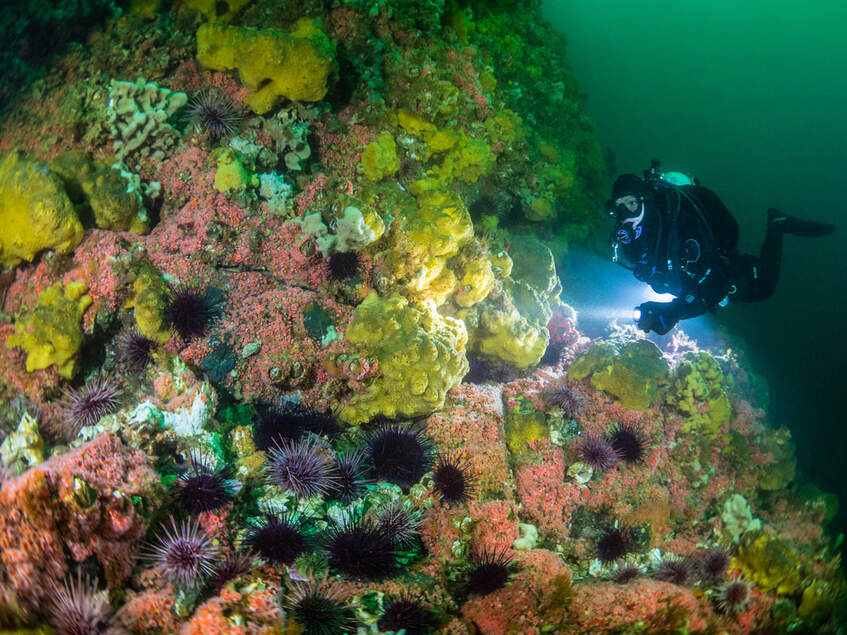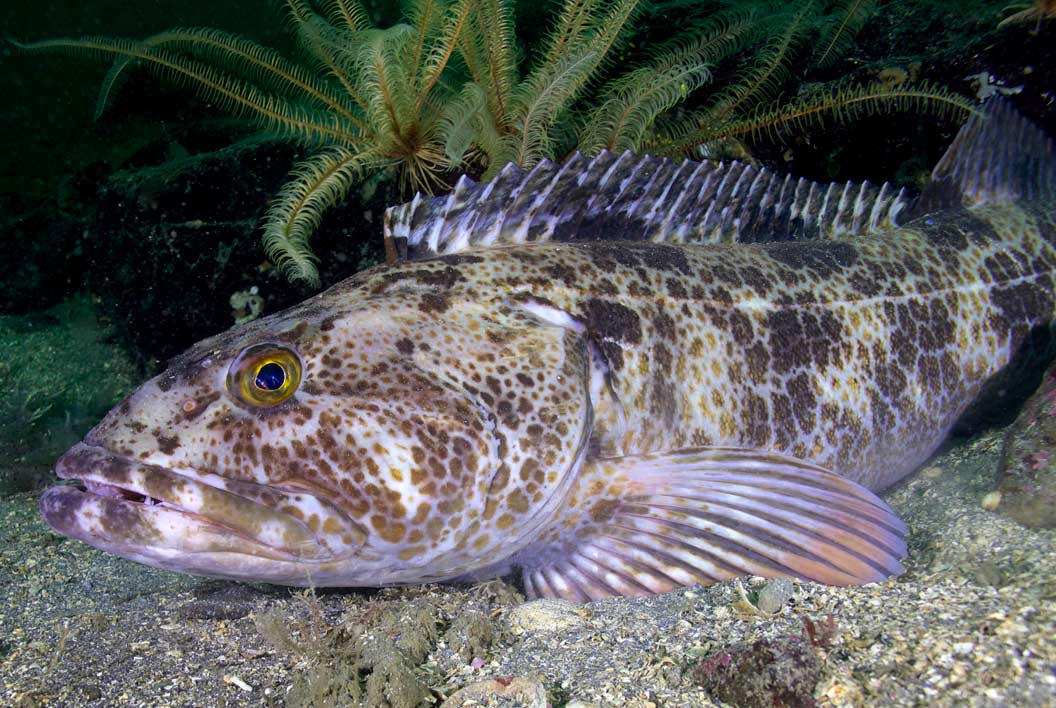What To See Beneath BC
RockfishThere are 36 species of rockfish here in BC. Rockfish babies are born swimming and not hatched from eggs. They like to live in little cracks, and cozy caves, on shipwrecks, and sponges. Often living their entire lives very close to home. They can live to over 200 years old, but don't reproduce often, so they are a diminishing species largely due to fishing.
|
Fried Egg JellyA mesmerizing marine creature that bares a striking resemblance to a fried egg. These jellies can have a bell of a few feet diameter, and tentacles over 20 feet long, though their sting is usually quite tame. Underwater, plastic bags can often resemble jellyfish, and marine animals like leatherback sea turtles can mistake these bags as their food, so be sure to recycle!
|
HumpbacksBC is well known for it's whale watching, with humpback whales having been seen in reassuring numbers these past few years - though still threatened by increased boat traffic. These incredible marine mammals stop by BC for some sight seeing and feeding during their annual trip between Hawaii and Alaska. Remember, See a blow? Go slow!
|
